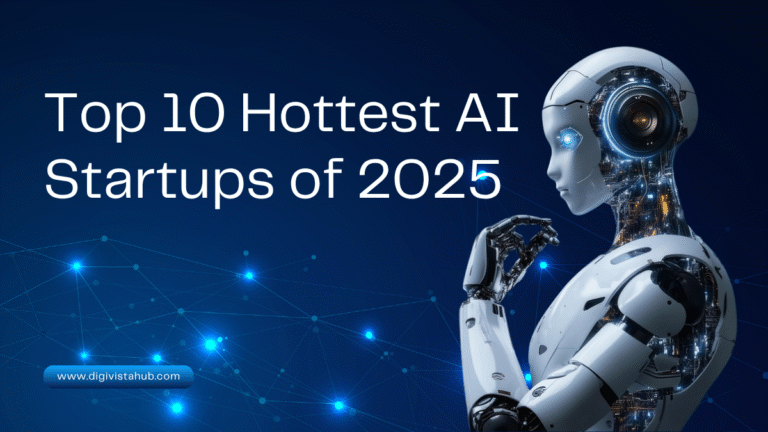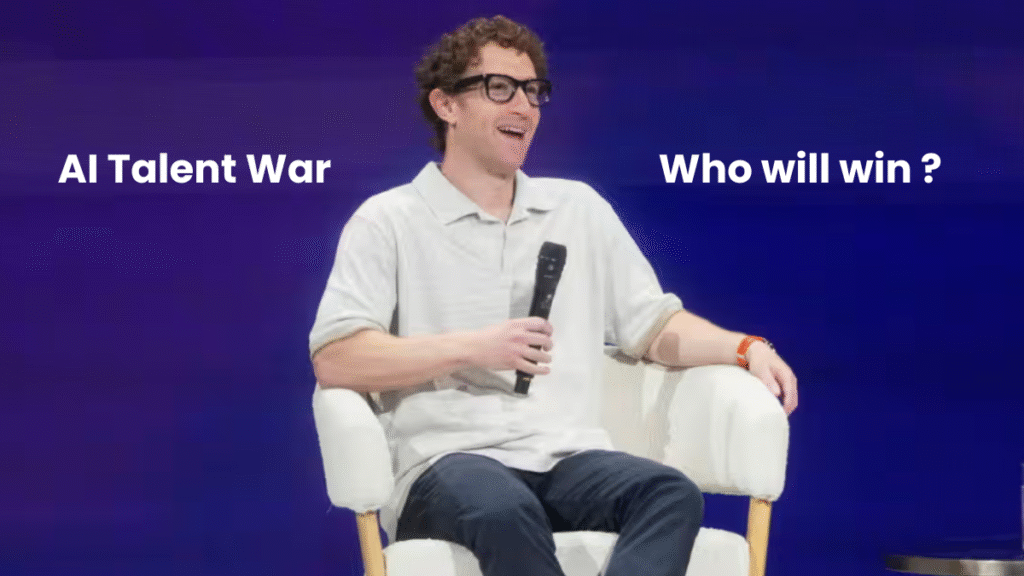Geoffrey Hinton, a pioneer in artificial intelligence, offers a candid glimpse into the evolution of neural networks, their impact, and the risks AI poses to humanity.
In 2024, Geoffrey Hinton, often dubbed the “Godfather of AI,” received the Nobel Prize in Physics for groundbreaking contributions to machine learning through artificial neural networks. Sharing the honor with physicist John Hopfield, Hinton’s pioneering work has fundamentally shaped the field of AI. Years earlier, in 2018, he was awarded the Turing Award alongside collaborators Yoshua Bengio and Yann LeCun, further cementing his status as a leader in artificial intelligence.
Yet, while Hinton’s achievements have transformed modern computing, he warns of AI’s potential dangers. “There is a chance that the very systems we’ve created could endanger humanity itself,” Hinton stated in a recent interview.
Breaking Barriers in an Undervalued Field
Reflecting on his early career, Hinton described a time when neural networks were considered fringe science. “Most researchers thought it was nonsense,” he shared. “The prevailing belief was that intelligence was rooted in logic and rigid symbolic expressions, not in biology.” Hinton’s unyielding belief in the power of neural networks eventually led him to develop the learning rules that underpin modern AI systems.
At its core, a neural network functions by mimicking the human brain’s interconnected web of neurons. In computing terms, this means simulating networks of artificial neurons that adjust their connection strengths—or weights—based on data. This mechanism enables neural networks to “learn” complex tasks, from recognizing speech to generating images.
Hinton attributes his unconventional approach to his upbringing in a family that valued biology over traditional logic-based thinking. He credits his father, a noted entomologist, for nurturing his interest in science and observation.
Challenges and Breakthroughs
Despite his confidence in neural networks, Hinton admits the journey was fraught with challenges. Early on, researchers lacked the computational power necessary to make neural networks effective. “We didn’t realize how much processing power we’d need,” Hinton explained. It wasn’t until the advent of GPUs (graphics processing units), originally designed for video games, that the full potential of neural networks could be unlocked.
The rapid advancements in hardware transformed the field, turning what was once a theoretical concept into a practical tool capable of revolutionizing industries. Companies like Nvidia, a leader in GPU development, have played a crucial role in this evolution, with their technologies enabling today’s AI breakthroughs.
A Cautious Perspective on AI’s Future
While Hinton celebrates AI’s achievements, he remains deeply concerned about its trajectory. “AI has enormous potential, but we cannot ignore the risks,” he warned. Hinton is particularly worried about systems that become so advanced that they operate beyond human understanding or control.
He emphasizes that the challenges aren’t solely technical but also ethical and societal. As AI becomes increasingly integrated into decision-making processes, questions about transparency, accountability, and bias grow more urgent.
For Hinton, the key lies in education and awareness. “We need to ensure that the people developing and using these systems truly understand their implications,” he said. His vision for AI’s future is one where innovation is tempered by caution, ensuring the technology serves humanity rather than undermining it.
As a Professor Emeritus at the University of Toronto, Hinton continues to advocate for thoughtful advancements in AI. His dual perspective as both a creator and critic of AI underscores the need for balanced progress in a field that could shape the destiny of humankind















